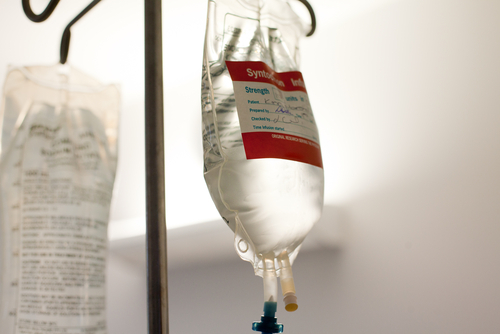Effectiveness of labour induction in India
ANI Jun 30, 2017
A recent study has examined the effectiveness of labour induction in India.

Researchers from the University of Liverpool with colleagues from Gynuity Health Care in New York and the Government Medial College, Nagpur, India, published a major study of two different types of labour induction methods.Between 62,000 to 77,000 women die annually from pre-eclampsia and eclampsia. Eclampsia is the onset of seizures (convulsions) in a woman with pre-eclampsia. Pre-eclampsia is a disorder of pregnancy in which there is high blood pressure and either large amounts of protein in the urine or othe r organ dysfunction. Onset may be before, during, or after delivery. Prompt delivery, preferably naturally, is vital for good maternal and neonatal outcomes.As the number of women facing induction increases and as new evidence from trials emerges, it has become urgent to address questions about which methods for inducing labour are the most effective, safe and acceptable to women.
Two low cost interventions - misoprostol tablets and transcervical Foley catheterisation - are already used in low resource settings.Working with Professor Zarko Alfirevic, Andrew Weeks from the University's Institute of Translational Medicine (ITM)’s research group have been exploring the use of oral misoprostol tablets for many years as a way to reduce the need for repeated vaginal examinations and thus reduce infection rates and increase acceptability for women.In the INFORM study, 602 women were allocated to either oral misoprostol tablets or Foley catheter induction in a government hospital in India.
The results showed that women in the misoprostol arm had a 10% higher rate of vaginal birth within 24 hours and less need for caesarean section. Rates of uterine hyperstimulation were very low in both groups and no differences were seen in neonatal morbidity. Women in the misoprostol group were also more satisfied with the outcome than those induced with the catheter method.Weeks noted that in the analysis, the use of low dose oral misoprostol was found to be more effective and more acceptable to women than a transcervical Foley catheter for induction of labour in women requiring delivery because of pre-eclampsia or hypertension.The study appears in The Lancet.
-
Exclusive Write-ups & Webinars by KOLs
-
Daily Quiz by specialty
-
Paid Market Research Surveys
-
Case discussions, News & Journals' summaries